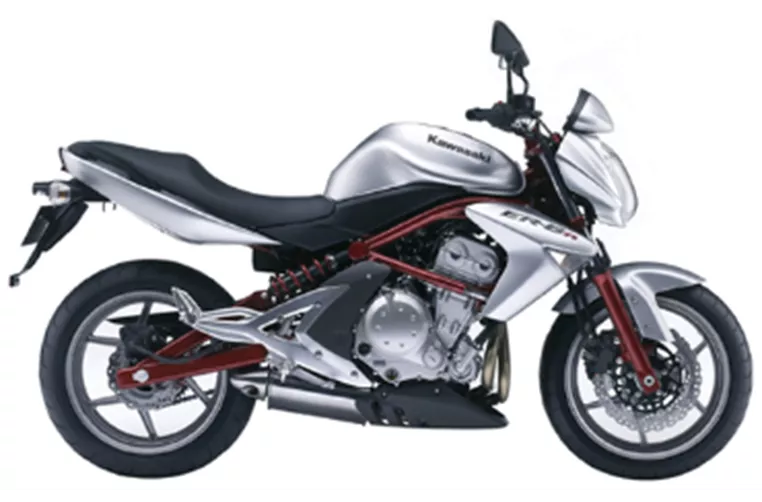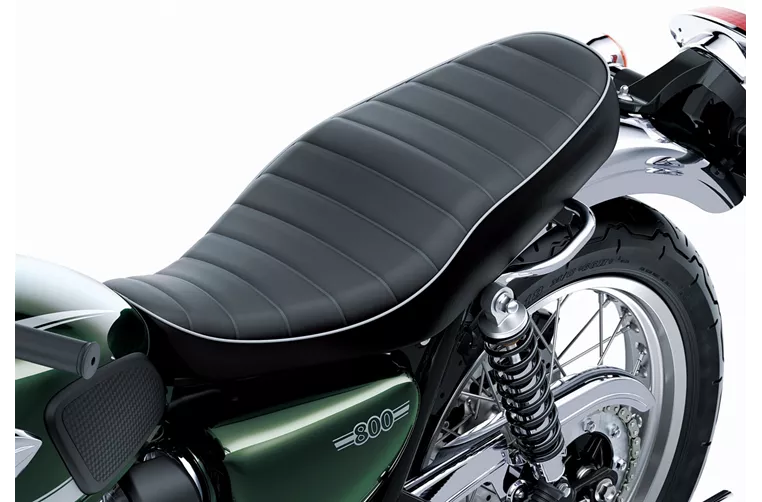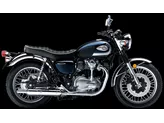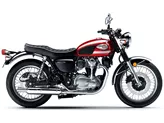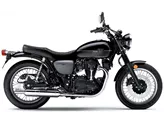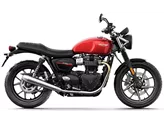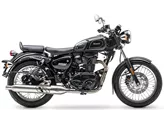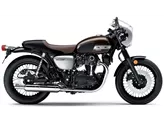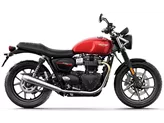Kawasaki ER-6n 2008 vs. Kawasaki W800 2020
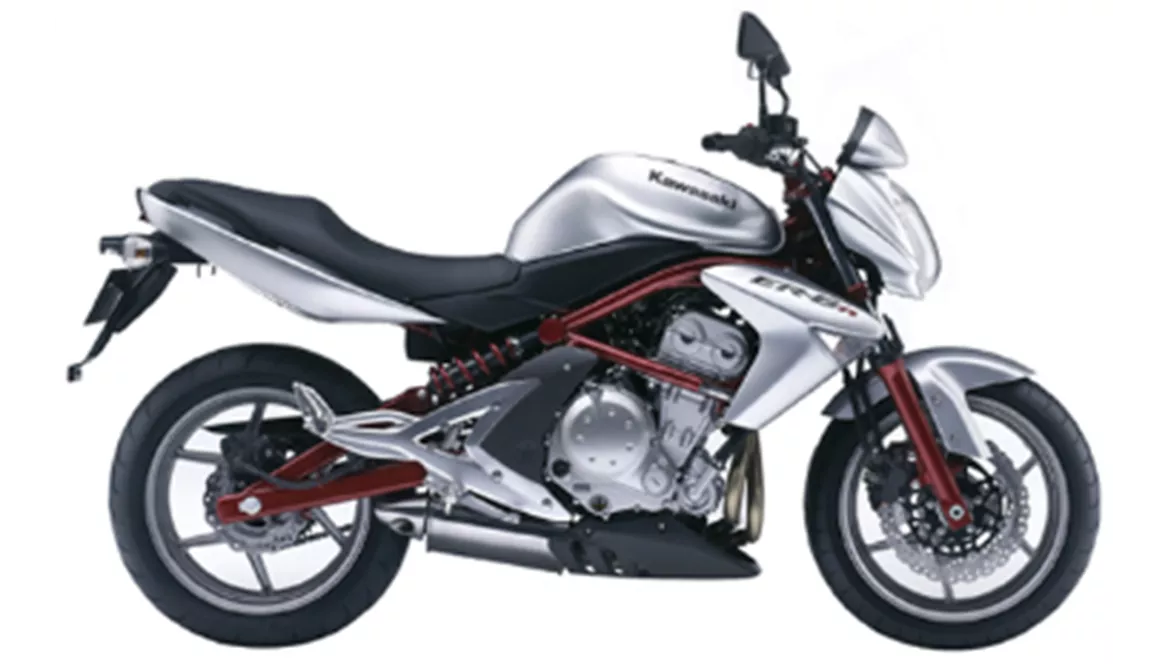
Kawasaki ER-6n 2008
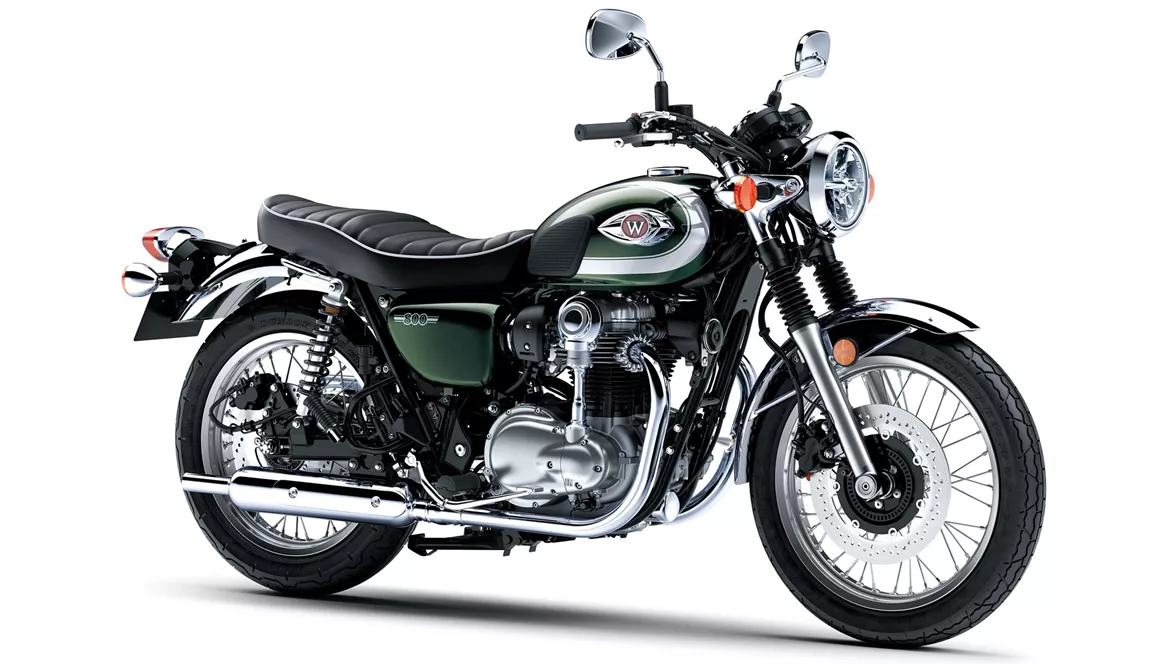
Kawasaki W800 2020
Overview - Kawasaki ER-6n 2008 vs Kawasaki W800 2020
When comparing the Kawasaki ER-6n model year 2008 and the Kawasaki W 800 model year 2020, there are several notable differences to consider.
Starting with the technical specifications, the ER-6n from 2008 boasts a more powerful engine with 72 horsepower compared to the W 800's 48 horsepower. Both bikes have 2 cylinders, but the ER-6n has a liquid cooling system while the W 800 relies on air cooling. In terms of displacement, the ER-6n has a slightly smaller engine at 649ccm compared to the W 800's 773ccm.
Moving on to the dimensions and weights, the W 800 has a longer wheelbase at 1465mm compared to the ER-6n's 1405mm. However, the seat height of the W 800 is slightly lower at 770mm compared to the ER-6n's 785mm. Both bikes have a similar fuel tank capacity, with the ER-6n holding 15.5 liters and the W 800 holding 15 liters.
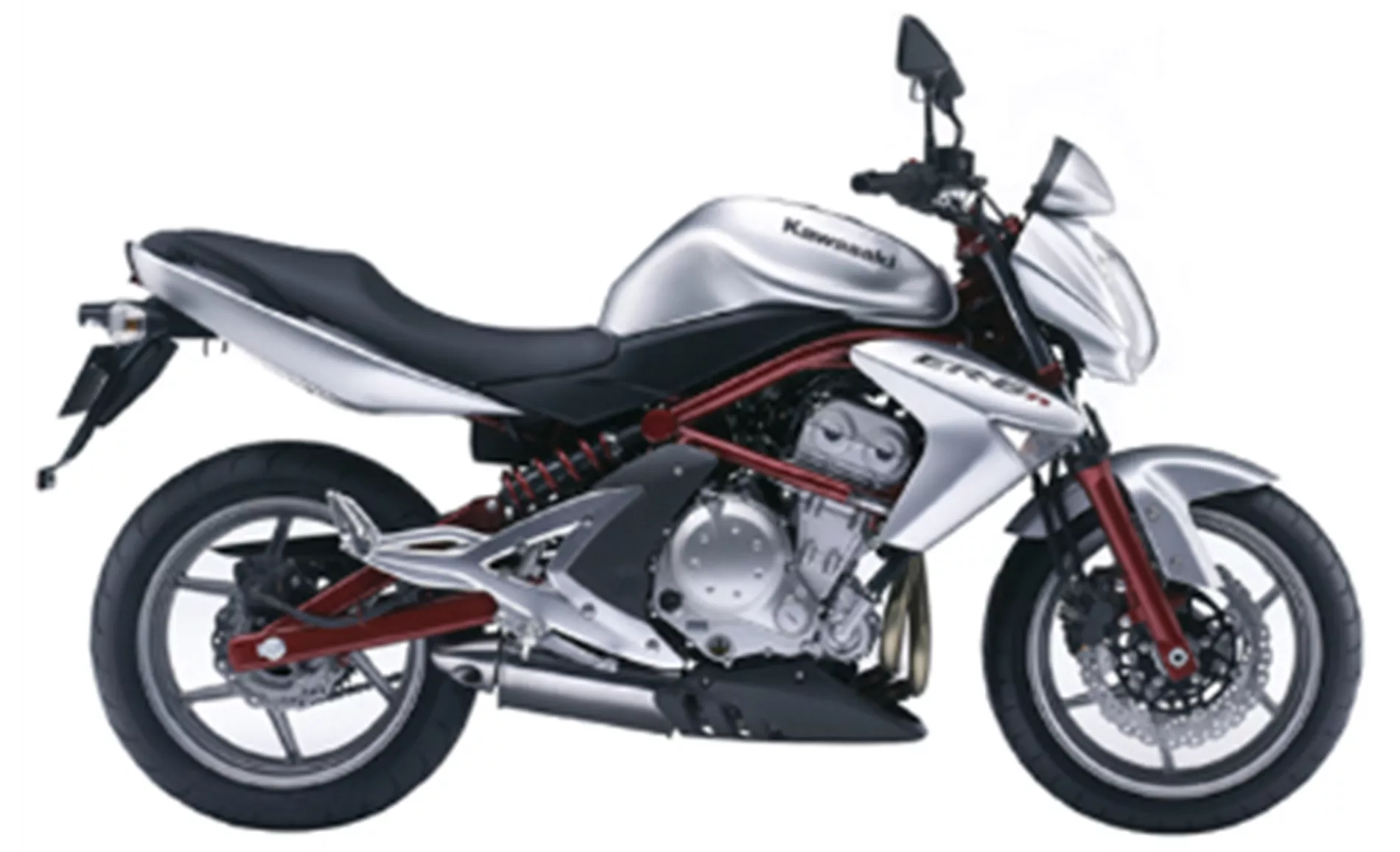
Kawasaki ER-6n 2008
Now let's discuss the strengths of each bike. The ER-6n 2008 model is praised for its lightness, precision, and rideability. It has a modern and dynamic look, making it visually appealing. The bike is also beginner-friendly and has trustworthy ergonomics. Additionally, the ER-6n comes with ABS, providing an added level of safety.
On the other hand, the W 800 2020 model has a powerful engine that delivers a throaty sound. The bike offers a natural seating position, ensuring comfort during long rides. Its handling is pleasantly neutral, making it easy to maneuver. Furthermore, the W 800 has a great aesthetic appeal, with its classic design.
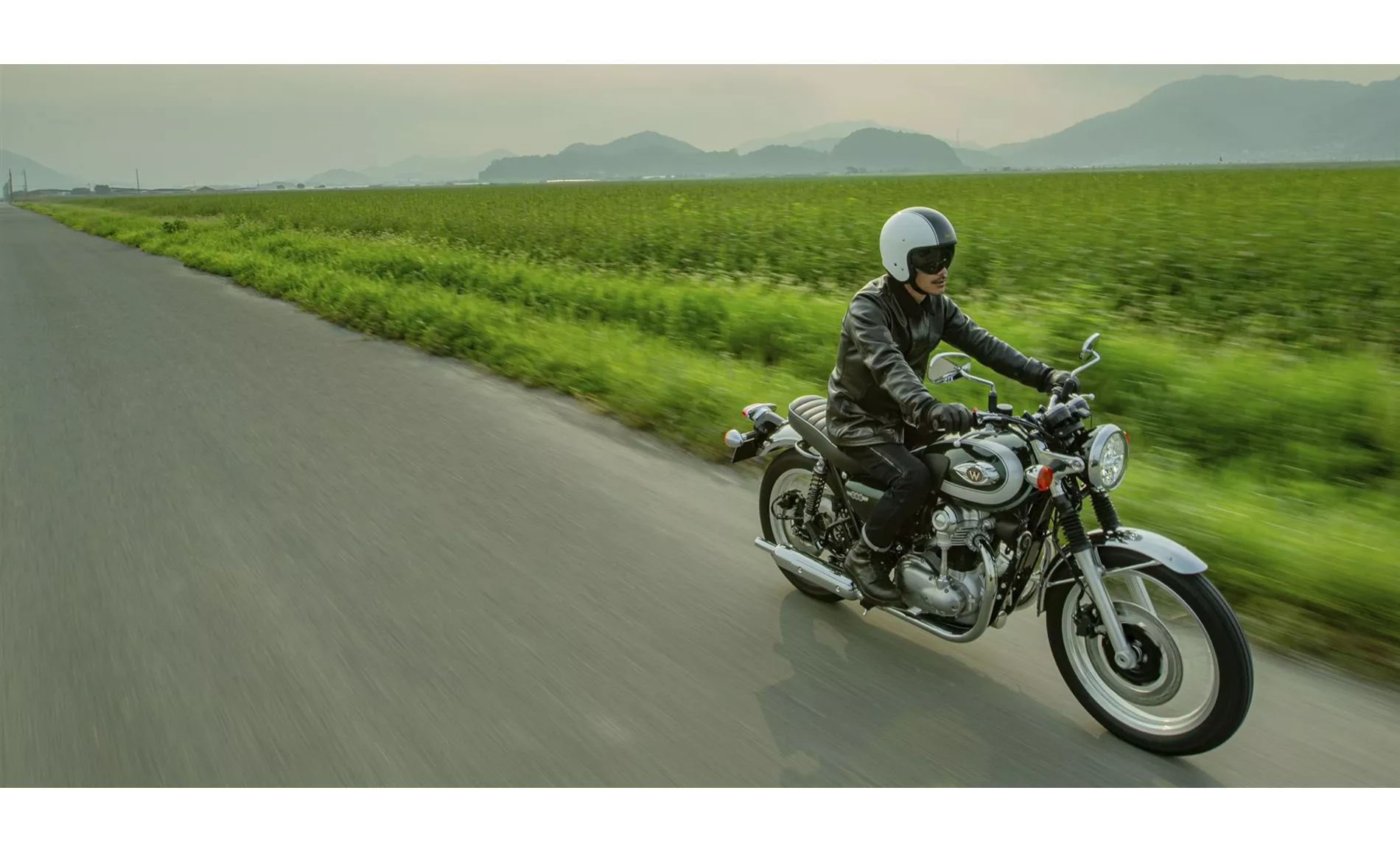
Kawasaki W800 2020
However, there are some weaknesses to consider for each bike. The ER-6n 2008 model may have an uncomfortable sitting position for riders over 1.80m due to the footrests. Additionally, it is not particularly suitable for performing wheelies.
As for the W 800 2020 model, it may lack pressure under 3,500 rpm, which could impact its performance in certain situations.
In conclusion, the Kawasaki ER-6n 2008 and the Kawasaki W 800 2020 have their own unique strengths and weaknesses. The ER-6n offers a more powerful engine and modern design, while the W 800 provides a classic aesthetic and a comfortable riding experience. Ultimately, the choice between the two will depend on the rider's preferences and priorities.
Technical Specifications Kawasaki ER-6n 2008 compared to Kawasaki W800 2020
Pros and Cons in comparison
Pros and Cons in comparison
Kawasaki ER-6n 2008
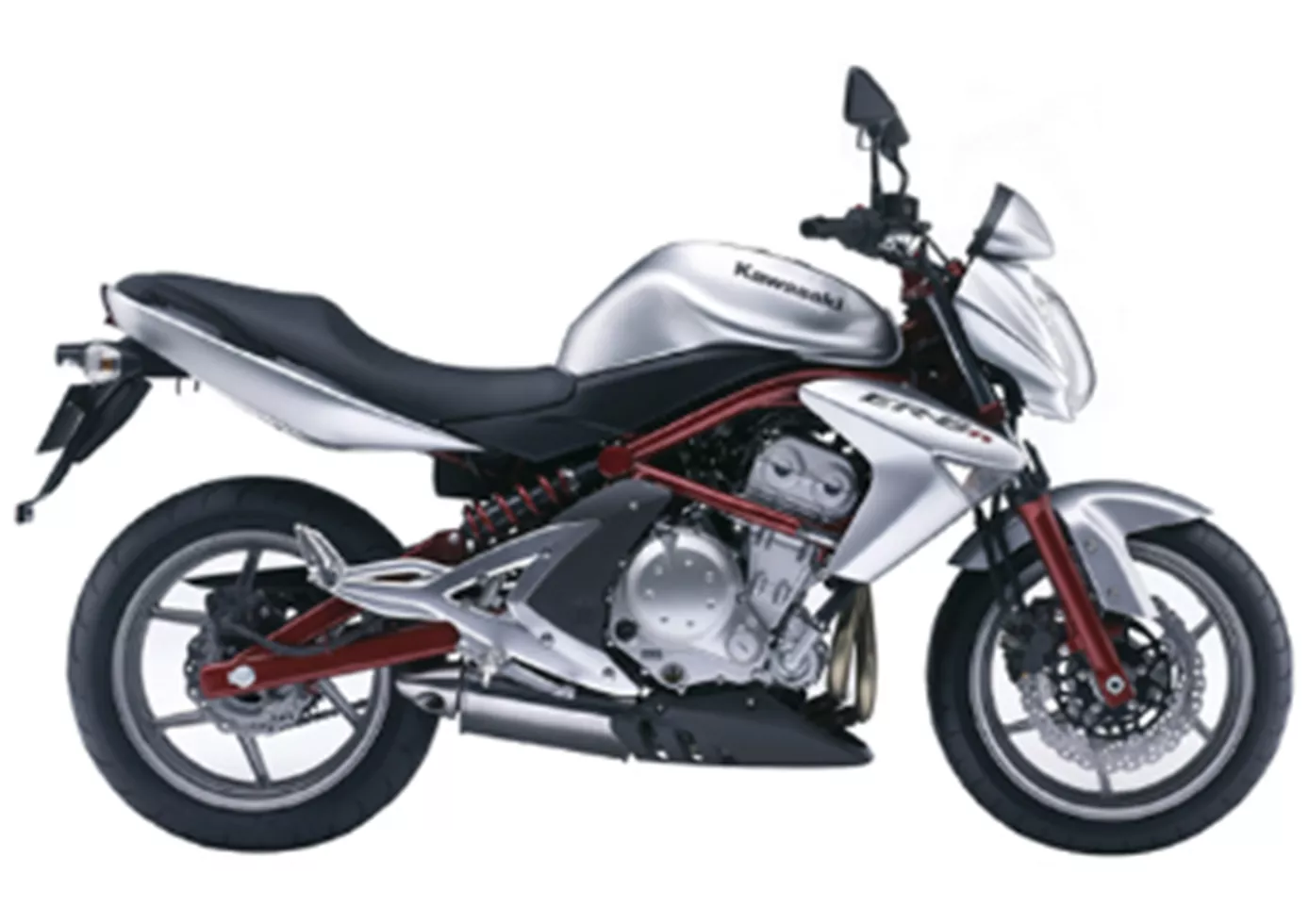
Kawasaki doesn't build toys. The ER-6N is getting more serious - and remains beginner-friendly.
Kawasaki W800 2020
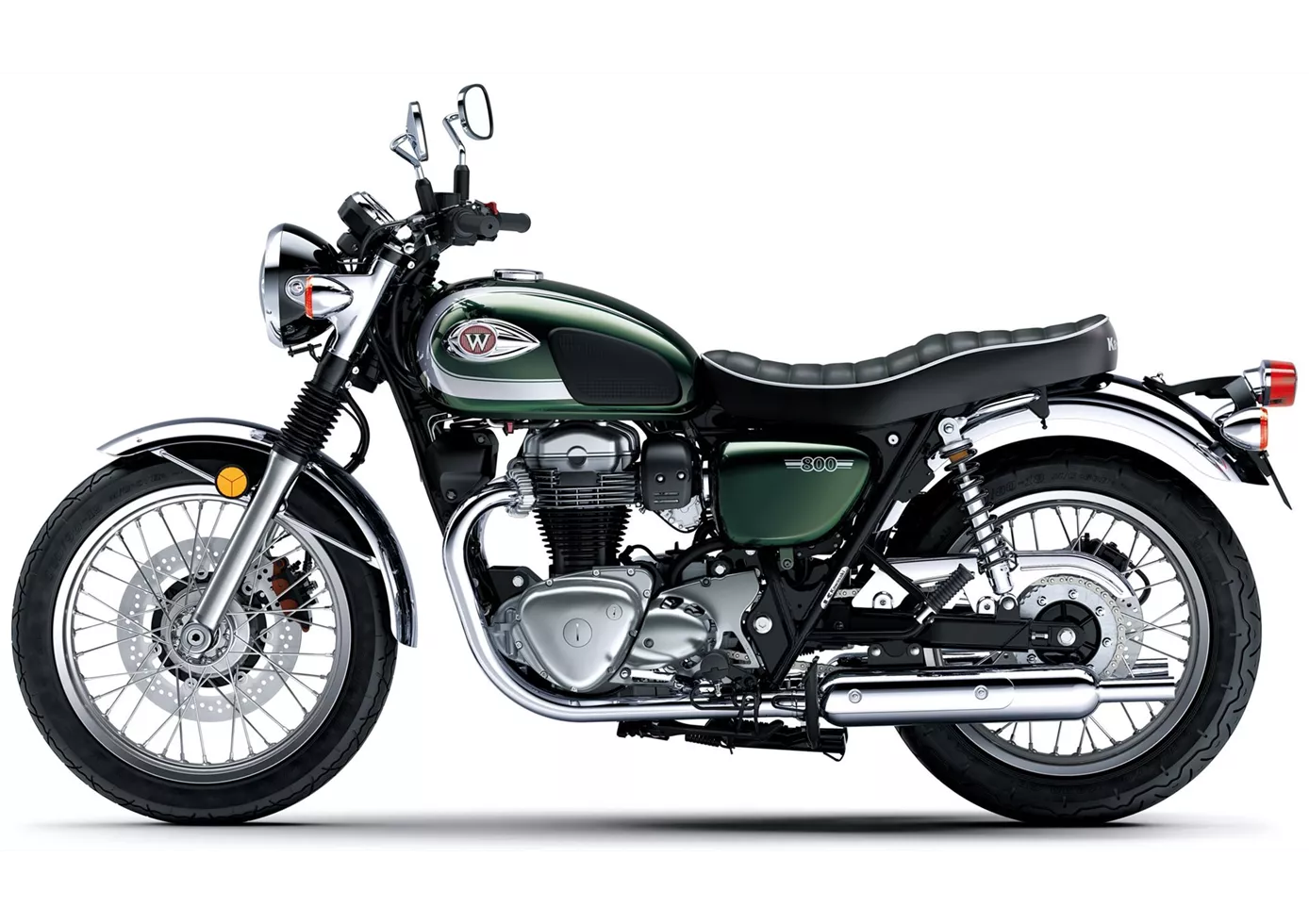
With the new W800, Kawasaki shows the appeal of relaxed retro bikes. Take a seat, ride off, feel good. In an industry where performance and innovation are the keys to success, the W800 stands like a rock and focuses on just one thing: the joy of riding a motorbike. It is perfect for those who want to ride a classic every day, but appreciate modern reliability and safety. A dream motorbike with a lot of character.
Price Comparison Avarage Market Price Kawasaki ER-6n vs Kawasaki W800
There are a few key differences between a Kawasaki ER-6n 2008 and a Kawasaki W 800 2020. It takes less time to sell a Kawasaki ER-6n with 57 days compared to 162 days for a Kawasaki W 800. Since model year 2006 1000PS.de editors have written 16 reviews for the Kawasaki ER-6n and 13 reviews for the Kawasaki W 800 since model year 2011. The first review for the Kawasaki ER-6n was published on 29/06/2005 and now has more than 11,200 views. This compares to more than 18,200 views for the first review on Kawasaki W 800 published on 05/10/2010.
